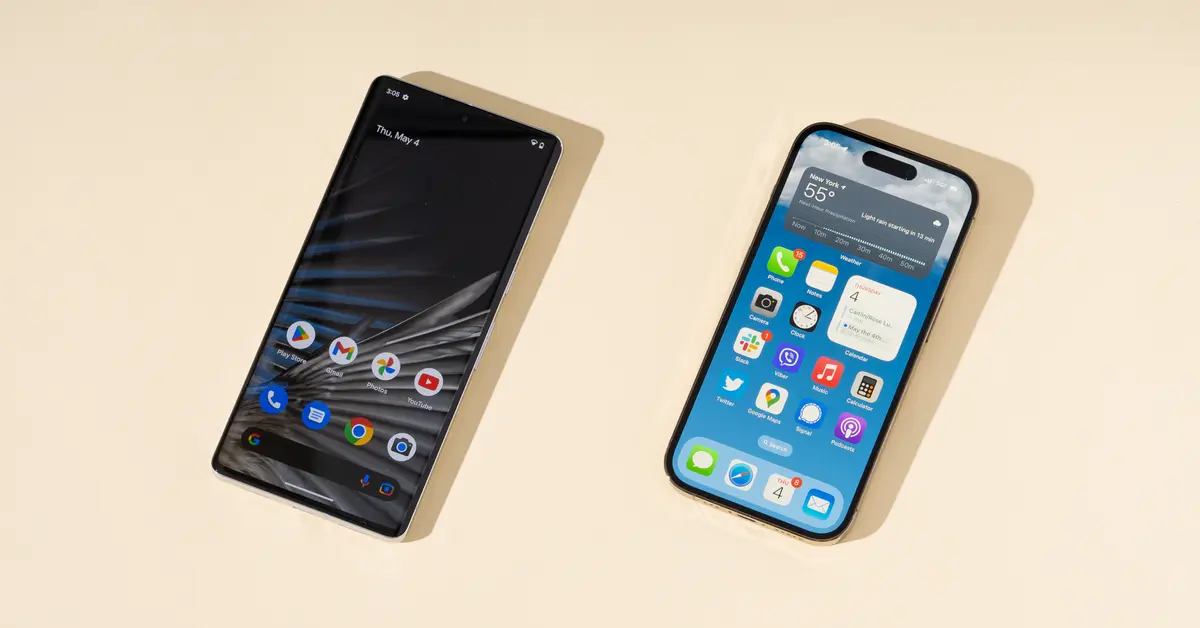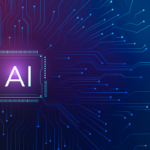Android and iOS are two of the most broadly involved working frameworks on the planet. The two stages enjoy their own unmistakable benefits and elements that make them interesting. In this article, we will talk about the particular credits of Android and iOS, and analyze them as far as client experience, application advancement, security, and that’s only the tip of the iceberg. By understanding the distinctions between these two working frameworks, clients can conclude which one is more qualified for their necessities.
One of the vital differentiations among Android and iOS lies in their way to deal with customization. Android offers an elevated degree of adaptability and personalization, permitting clients to tweak their gadget’s appearance and usefulness to suit their inclinations. With Android, you can look over different launchers, gadgets, and subjects, rework application symbols, and even change framework settings undeniably.
Conversely, iOS follows a more controlled and normalized plan reasoning. While iOS clients actually have some level of customization accessible, for example, improving application symbols and choosing backdrops, the choices are more restricted contrasted with Android. Apple underlines a strong client experience, with a steady plan language and severe rules for designers, guaranteeing a uniform look and feel across iOS gadgets.
One more critical differentiation is the equipment variety between the two stages. Android works on a large number of gadgets from different makers, offering clients an immense choice of cell phones and tablets with various determinations, sizes, and sticker costs. This variety permits clients to track down a gadget that best suits their requirements and spending plan.
Then again, iOS is selective to Apple gadgets, bringing about a more controlled and strong equipment environment. While this implies that iOS clients have a more restricted scope of decisions, it likewise guarantees an elevated degree of improvement and reconciliation among equipment and programming. Apple’s tight command over the two viewpoints considers a consistent client experience and steady execution across its gadgets.
Moreover, the application accessible on the two stages is a distinctive element. The Google Play Store on Android offers a bigger number of applications contrasted with Apple’s Application Store. Android’s open nature makes it simpler for designers to distribute their applications, bringing about a more extensive assortment of utilizations. Notwithstanding, iOS has gained notoriety for having a more organized determination of applications, frequently offering greater and better-streamlined encounters.
These particular credits reach out to different regions also, for example, security, programming updates, and mix with different gadgets. iOS is known for its powerful safety efforts and ideal programming refreshes, because of Apple’s shut biological system and severe application survey process. Android, being an open stage, can be more helpless to malware assaults yet has taken critical steps in further developing security lately. Furthermore, iOS gadgets offer consistent joining with other Apple items through highlights like AirDrop and Coherence, while Android gives greater adaptability to incorporation with different gadgets past a solitary brand.
Here is an examination of a portion of the critical contrasts among Android and iOS:
-
Customization:
Android offers an elevated degree of customization. Clients can customize their gadgets by evolving subjects, gadgets, launchers, and that’s just the beginning. Then again, iOS has a more controlled and normalized interface, restricting customization choices.
-
Equipment variety:
Android runs on a large number of gadgets produced by various organizations, prompting an immense choice of gadgets with fluctuating determinations and sticker costs. iOS, then again, is only intended for Apple gadgets, giving a more restricted however durable equipment environment.
-
Security:
iOS is for the most part viewed as safer because of its shut biological system. Apple’s severe application survey interaction and equipment programming coordination add to a decreased gamble of malware and security breaks. Android, being an open stage, can be more defenseless to malware assaults. Notwithstanding, Android has made huge upgrades in security lately.
-
Coordination with different gadgets:
iOS furnishes consistent reconciliation with other Apple gadgets through highlights like AirDrop, Handoff, and Progression. This permits clients to move records, answer calls, and proceed with undertakings consistently across various gadgets. Android offers comparative functionalities yet isn’t restricted to a solitary brand, giving greater adaptability to combination with different gadgets.
-
UI:
Android offers a more adaptable and adaptable UI. Clients can orchestrate application symbols, gadgets, and alternate ways as indicated by their inclinations. iOS follows a more steady plan language with a lattice of symbols on the home screen and an incorporated application cabinet. iOS is frequently viewed as more easy to understand and instinctive, while Android takes into consideration more prominent personalization.
-
Programming refreshes:
Apple will in general give iOS updates to its gadgets for a more drawn out period contrasted with Android. This is because of the range of equipment makers and customization layers present in the Android biological system. Thus, iOS clients by and large get ideal programming refreshes and new elements.
-
Voice partners:
Android gadgets accompany Google Partner, while iOS gadgets include Siri. Both voice colleagues have their assets and shortcomings, however Google Right hand is many times viewed as additional fit with regards to grasping normal language and giving exact reactions.
At the point when it comes down to picking either Android and iOS, it is essentially a question of individual inclination and necessities. Android offers more gadget customization choices & more equipment decisions, while iOS gives a smoother and safer experience which is explicitly custom-made to Apple items.
In outline, Android and iOS have unmistakable qualities that take special care of various client inclinations. Android offers broad customization choices, equipment variety, and a wide application determination, while iOS centers around a smoothed out client experience, a durable equipment biological system, and thorough safety efforts. At last, the decision between the two stages relies upon individual necessities, inclinations, and needs.



